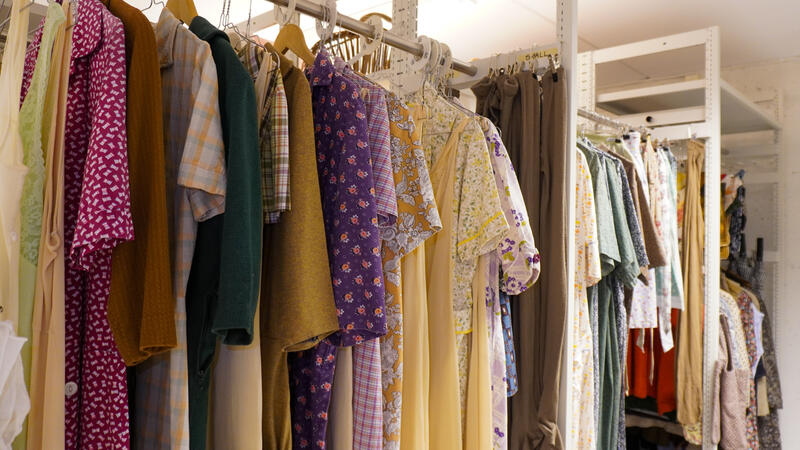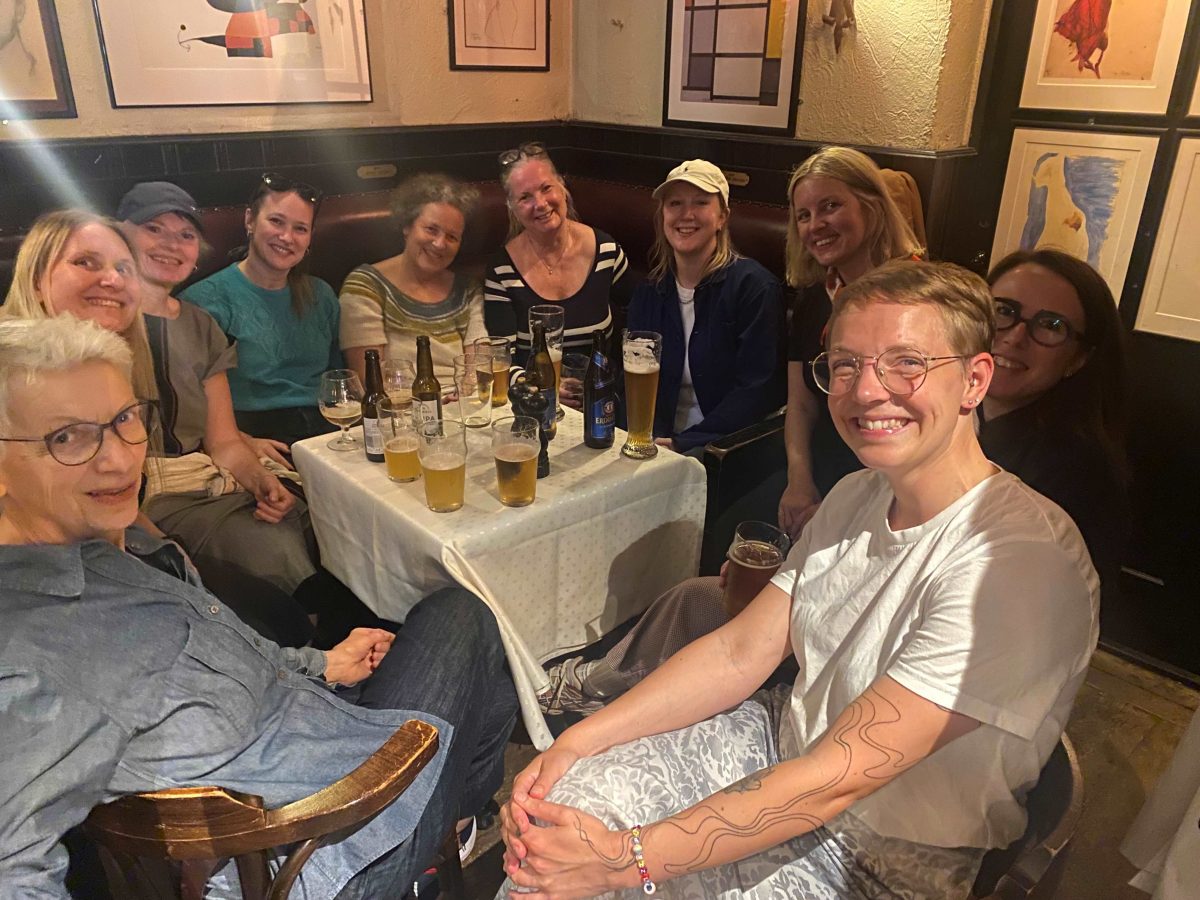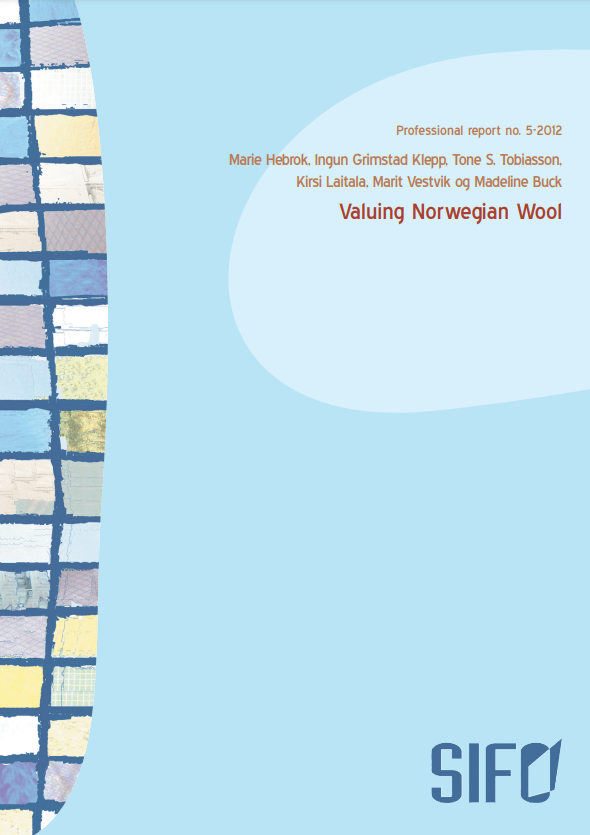Comparing Male and Female Wardrobes: Gender Dynamics in the Practice of Dressing
Authors: Vilde Haugrønning, Ingrid Haugsrud
Abstract
This chapter explores the influence of gender on clothing consumption and the impact on differences in clothing volumes between men and women. Based on a qualitative and quantitative wardrobe study, we employ Schatzki’s (2002) social ontology of practice combined with Butler’s (1990) gender performance concept to examine the relationship between gender and clothing consumption in 15 households in Norway. The findings show that women had on average 497 items and the men had 258 items, and the main difference between male and female wardrobes was due to the number of items per occasion. These findings highlights the complexities and tensions faced by women in navigating clothing norms and maintaining a balance in the practice of dressing between appropriate dress, feminine expressions and having an ideal and more sustainable wardrobe. This chapter contributes to a better understanding of the interplay between occasions and gender dynamics that shape clothing consumption patterns. Moreover, it illustrates the potential of ‘occasion’ as an analytical concept and the implications of gender in clothing consumption, challenging the prevailing studies on clothing and fashion that often overlook the nuanced practices and actions that influence clothing volumes.
Klikk her for full artikkel (emerald.com) eller ta kontakt med forfatterne.


